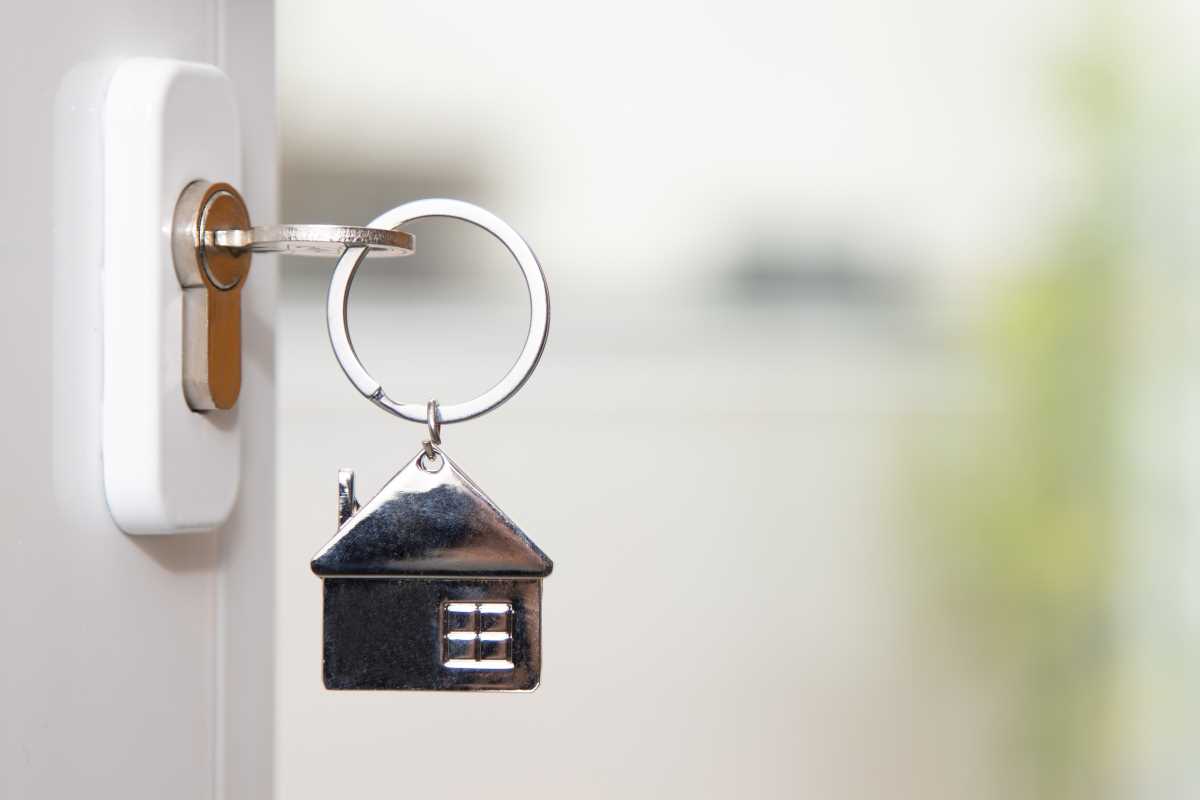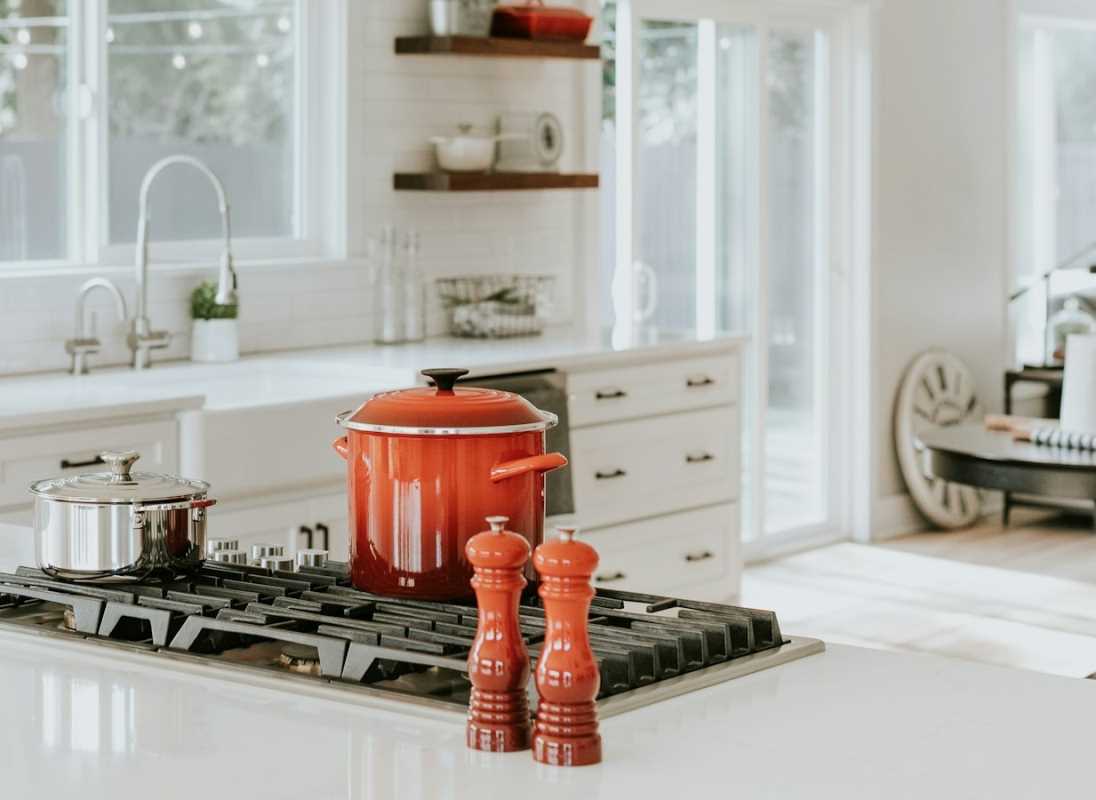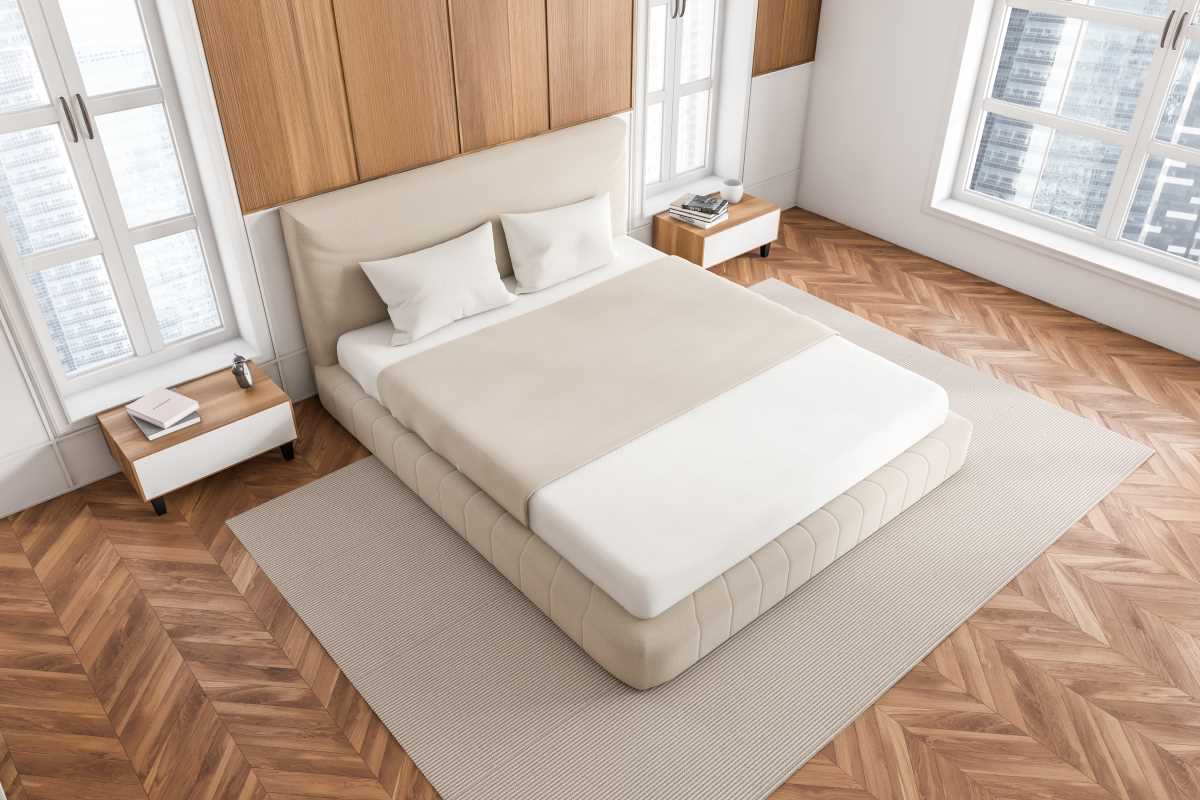When it comes to home security, setting up cameras is one of the most effective ways to safeguard your property. Whether you’re a first-time homeowner or looking to upgrade an existing security system, home security cameras can offer peace of mind by allowing you to monitor your surroundings and protect your loved ones.
In this guide, we’ll cover the essential aspects of installing and configuring home security cameras, including placement tips, setup instructions, and ways to optimize your system’s functionality.
Home Security Cameras Placement
One of the first steps in setting up home security cameras is deciding where to place them. Proper placement is key to maximizing coverage and ensuring that no vulnerable areas go unmonitored.
Position cameras at primary entry points such as doors, windows, and other access points where potential intruders are likely to enter. Other strategic spots include high-traffic areas like hallways, living rooms, and backyards.
For outdoor cameras, ensure they cover entry paths, garages, driveways, and the perimeter of your property. Placing cameras in these locations provides a broad and detailed view, allowing you to monitor any suspicious activity.
In addition to obvious spots, consider installing cameras in areas that may not immediately come to mind. For example, installing a camera facing your mailbox or near outdoor sheds and storage areas can help protect packages, bicycles, tools, and other valuables stored outside your main living space.
Camera Installation and Setup
Once you've chosen the ideal spots for your cameras, it's time to begin installation. Many modern home security cameras are wireless, which makes installation simpler and more flexible.
- To install, mount the cameras in your chosen locations using screws, brackets, or adhesive mounts, depending on the specific design.
- Make sure the cameras are firmly in place, and adjust their angles to achieve the best possible view.
Next, connect the cameras to your home’s Wi-Fi network. Most cameras come with an accompanying mobile app or web interface where you can complete the setup process. Download the app on your smartphone, create an account if necessary, and follow the prompts to sync each camera.
This typically involves scanning a QR code or entering the camera’s unique serial number. Once your cameras are synced, you can start viewing live footage directly from your mobile device or computer.
Cloud Storage and Monitoring
Storing security footage is an important part of any camera system. While some cameras come with onboard storage through SD cards, many homeowners opt for cloud storage services.
With cloud storage, footage is securely stored online, allowing you to review, save, and share clips as needed. This service is particularly useful if an incident occurs and you need to provide evidence to law enforcement. Additionally, cloud storage often includes data encryption, which keeps your footage secure from unauthorized access.
Some home security systems also offer professional monitoring services. These services alert you and local authorities if a security breach is detected. Having professionals monitor your system adds an extra layer of protection, particularly if you are often away from home or have a larger property that requires consistent supervision.
Motion Detection and Alerts
Many modern home security cameras feature built-in motion detection, a valuable tool for spotting unusual activity. When motion is detected, the camera will send alerts to your smartphone or email, notifying you in real-time if anything is amiss. This feature is especially useful for monitoring entryways and high-traffic areas while you’re at work, traveling, or even asleep.
- To prevent receiving false alarms, adjust your motion detection settings to avoid triggers from animals, cars, or other common movements around your property.
- Some cameras offer advanced AI-based motion detection that can distinguish between people, animals, and other objects, which can further refine alerts and reduce unnecessary notifications.
Night Vision and Weatherproofing
For comprehensive, around-the-clock protection, night vision capabilities are essential for any home security camera system. Cameras with infrared or low-light technology can capture clear footage even in the darkest conditions. This feature is especially important for outdoor cameras, as nighttime is when many security threats occur.
In addition, opt for weatherproof cameras if you’re installing them outside. Weatherproofing ensures that your cameras can withstand rain, snow, wind, and temperature fluctuations. Look for a high IP (Ingress Protection) rating, such as IP65 or higher, to ensure your cameras are durable and resistant to outdoor elements. This way, you’ll be confident that they’ll continue operating no matter the weather.
Mobile App Integration and Remote Access
One of the biggest advantages of modern home security cameras is the ability to monitor your property from anywhere via mobile app integration.
- Most cameras come with their own apps, which allow you to control camera settings, view live feeds, and receive notifications directly on your smartphone.
- With remote access, you can adjust your cameras’ angle, zoom, and other settings from anywhere, making it easy to keep an eye on things even if you’re halfway around the world.
- The app interface is also where you’ll receive alerts and notifications, giving you a central hub for managing your home security system.
Some apps allow for multiple camera feeds, so you can view several locations on one screen, as well as set specific zones within the camera’s field of view to focus on particular areas.
Additional Features to Consider
Beyond the essential setup, many home security cameras offer advanced features that can enhance your system's performance. For example, two-way audio allows you to communicate through the camera, which can be helpful for speaking to visitors or warning off potential intruders. Facial recognition is another cutting-edge feature available in certain models, helping to identify familiar faces versus strangers.
You might also consider cameras that integrate with smart home systems like Amazon Alexa, Google Home, or Apple HomeKit. This integration lets you control your cameras using voice commands and sync with other devices like smart lights, locks, and thermostats for a more cohesive home security ecosystem.
Installing and configuring home security cameras is a wise investment in protecting your home and family. By carefully considering placement, following setup instructions, and choosing features like cloud storage, motion detection, and remote access, you can create a customized security solution that meets your specific needs.
With options for every budget and home setup, security cameras have become accessible, reliable, and user-friendly tools for enhancing personal safety and safeguarding valuables.
Whether you're securing a small apartment or a large property, today’s home security camera systems offer flexibility, convenience, and peace of mind. With the right setup, you’ll have round-the-clock protection, making your home a safer place for everyone within it.







